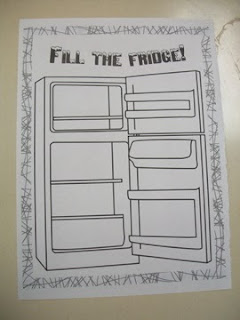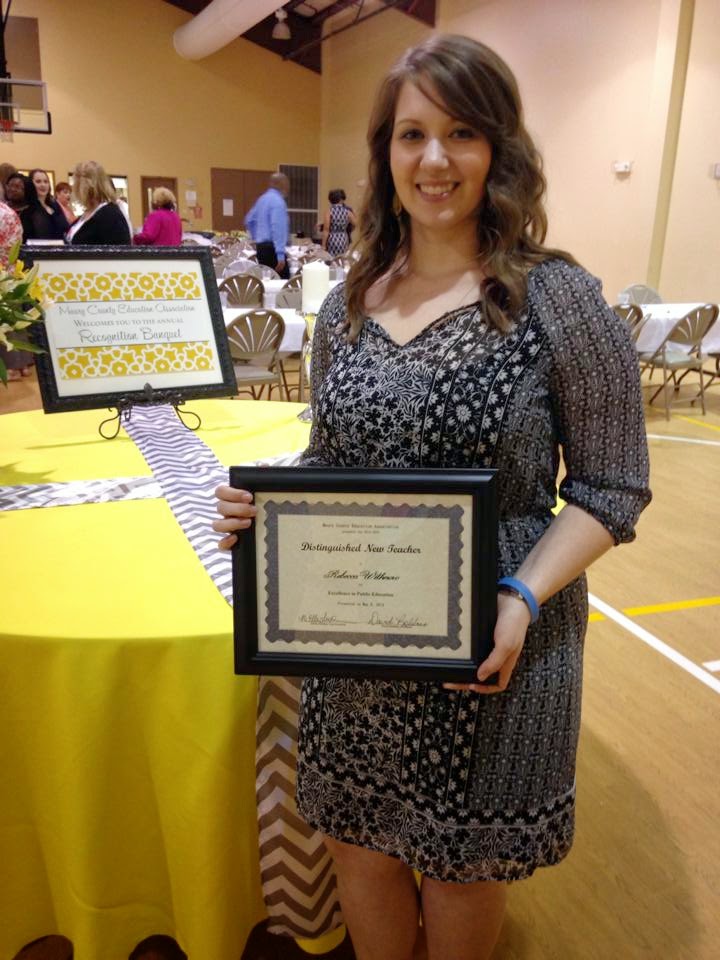"FREE CHOICE ART!"
Free Choice Art in my room is only for students who have finished their work completely and have not rushed through their work.
Free Choice Art Rules
1. Finished work check by teacher (I provide constructive criticism at this point and inform the student if they can improve upon some objectives. This has really cut down on my early finishers)
2. One free choice activity at a time
3. Only 1 drawing paper or 1 drawing activity paper
4. You may use your pencil and crayons only
All Free Choice activities are on a shelf in the corner of my room. This picture is from last year and doesn't include some of the choices I now have.
Choices include:
- Free Draw with one piece of paper, pencil, and crayons
- Stencils
- Texture Rubbings
- Rulers
- Drawing books (NO TRACING)
- Reading books
- Puzzles
- Drawing Activity Pages
One of my rules that I never waiver from is the 1 free draw or 1 drawing activity page. This cuts down on waste and forces the student to think about what they are doing. If they only have one paper they are less likely to waste their time.
I see some of the most amazing things from my free choice centers. Here is a "Wild Thing" from a 5th grader
My favorite Free Choice Art would have to be the Drawing Activity pages. I found an awesome book from Books A Million on sale that had 1,000 pages of drawing activities and ideas. I recommend this book to all educators to use for student Free Choice Time. Here are some examples of pages. Enjoy!







 Posted by
Posted by







































.jpeg)













































































